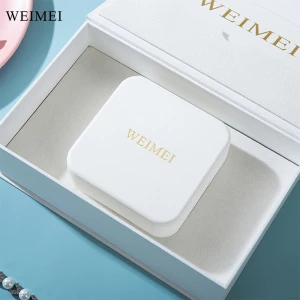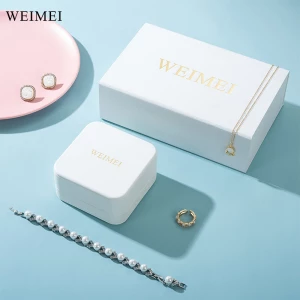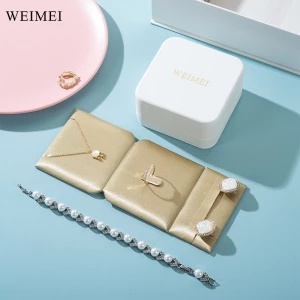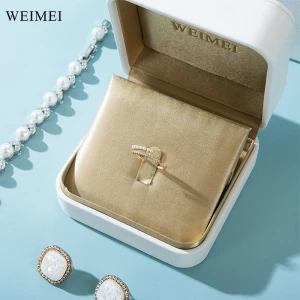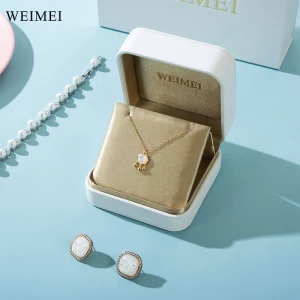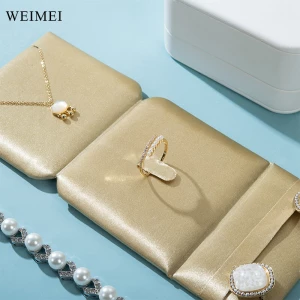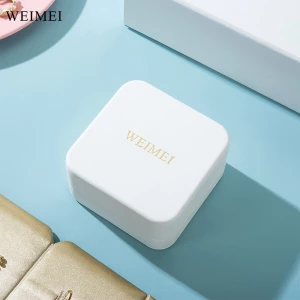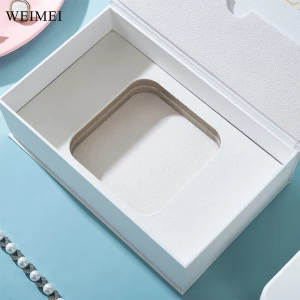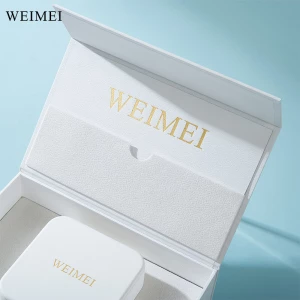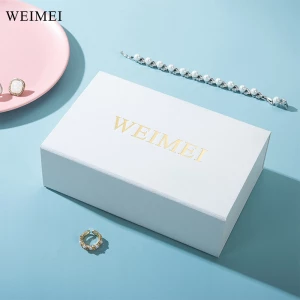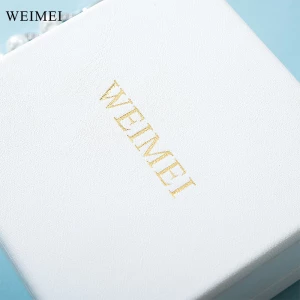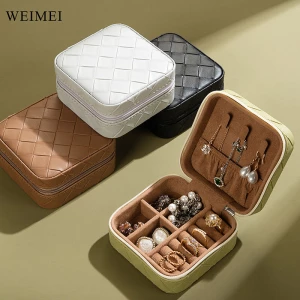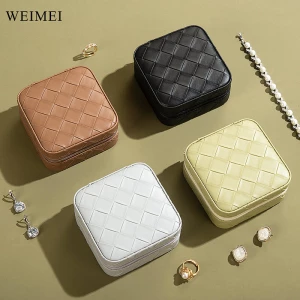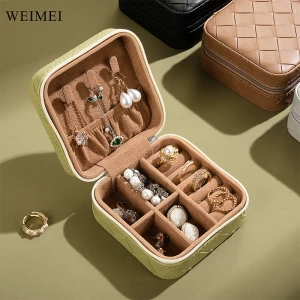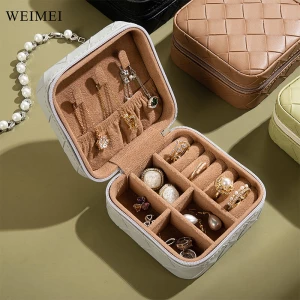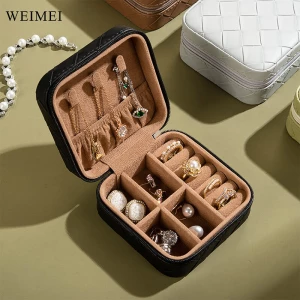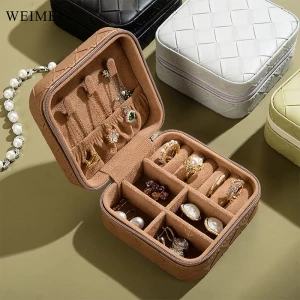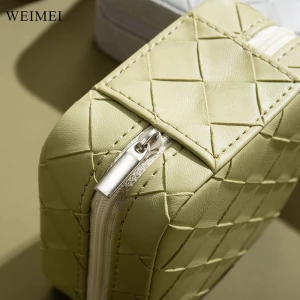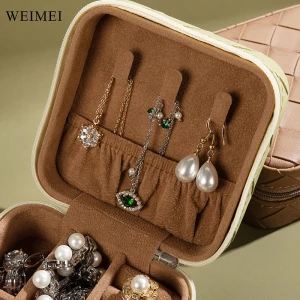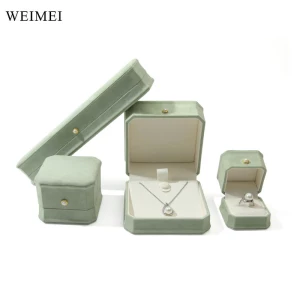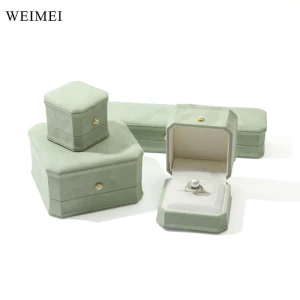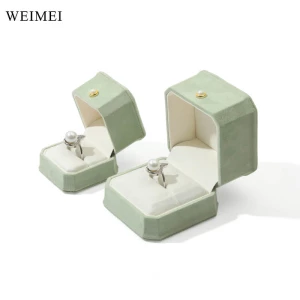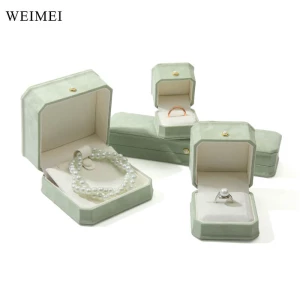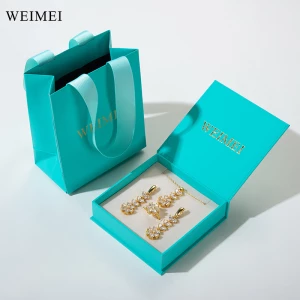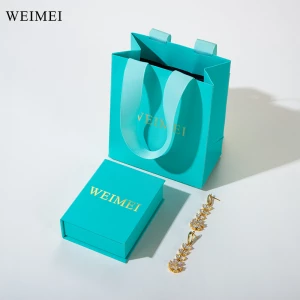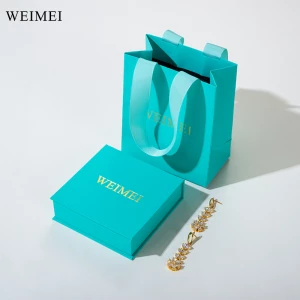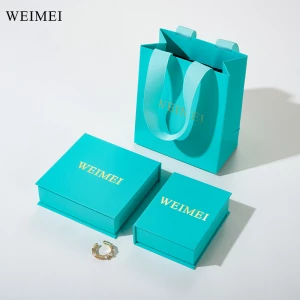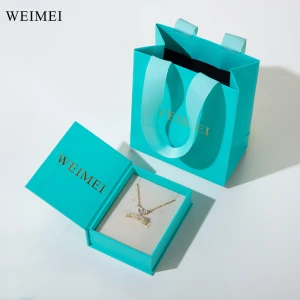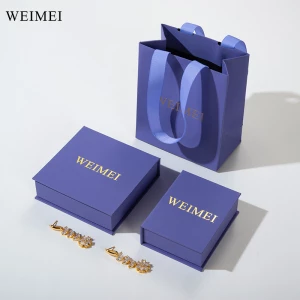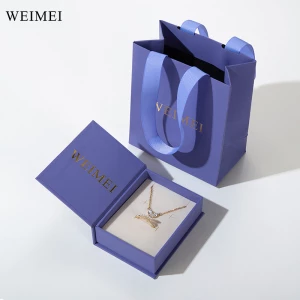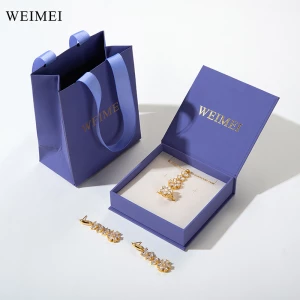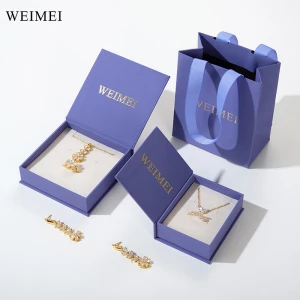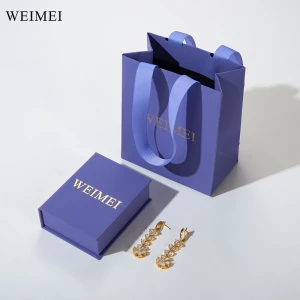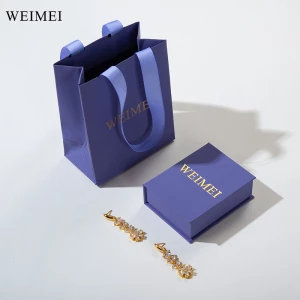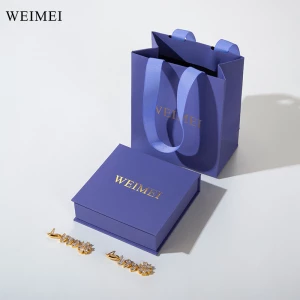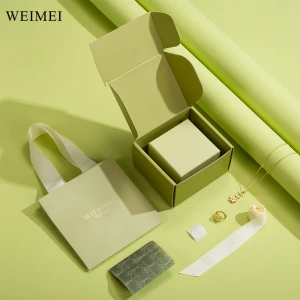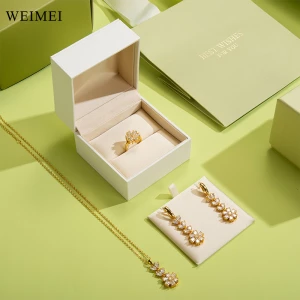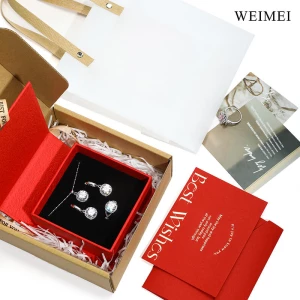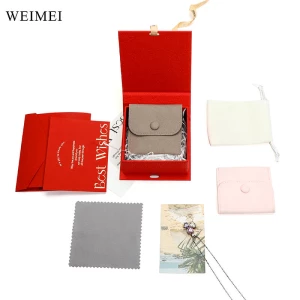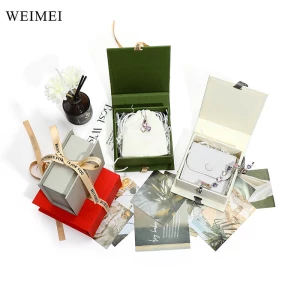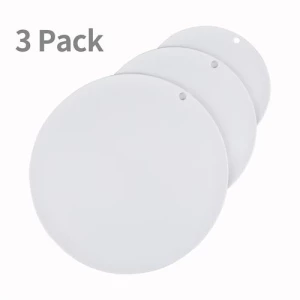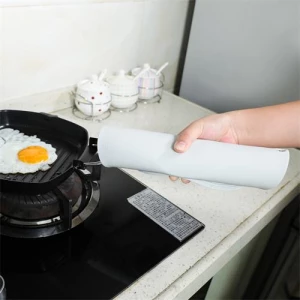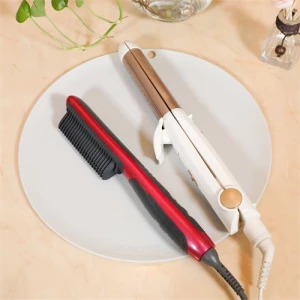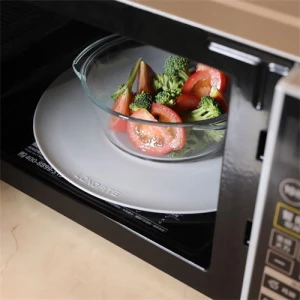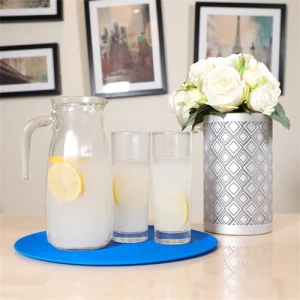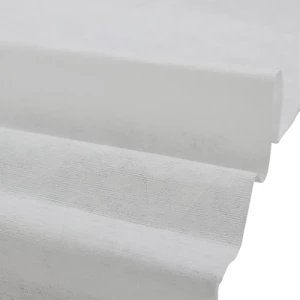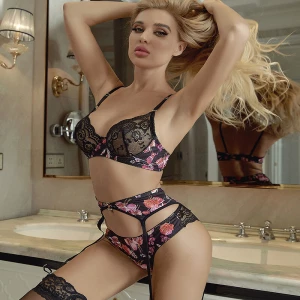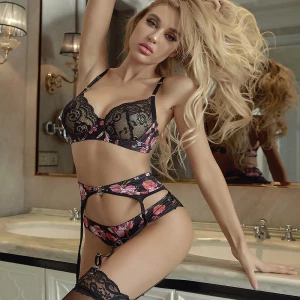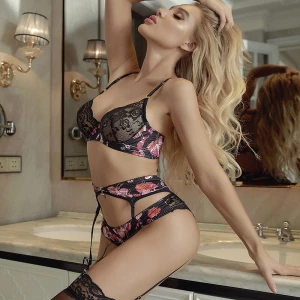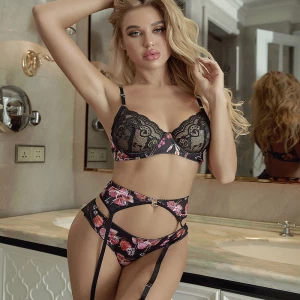The Ultimate Guide to Lace: Types, Uses, and Buying Tips
Lace has been a timeless fabric in the fashion industry, known for its delicate and intricate designs. Whether you're a designer, a buyer, or a DIY enthusiast, understanding the different aspects of lace can help you make informed decisions. This guide covers everything from types and functions to buying tips and reliable suppliers.
How to Find Reliable Lace from China in 2025
China remains a leading supplier of high-quality lace, offering competitive prices and a wide variety of options. To find reliable suppliers, consider platforms like Alibaba, which vet manufacturers and provide customer reviews. Look for suppliers with certifications such as ISO 9001 to ensure quality standards. Additionally, request samples before placing bulk orders to verify the material and craftsmanship.
What Buyers Should Know Before Buying Lace from China
When sourcing lace from China, it's crucial to understand the logistics, including shipping costs and lead times. Communicate clearly with suppliers about your specifications, such as width, color, and pattern. Be aware of minimum order quantities (MOQs) and negotiate terms that work for your business. Lastly, familiarize yourself with import regulations and tariffs to avoid unexpected costs.
Types of Lace
Lace comes in various forms, each with unique characteristics. Chantilly lace is lightweight and often used for bridal wear, while Guipure lace is heavier and ideal for structured garments. Embroidered lace features intricate designs, and crochet lace offers a handmade appeal. Understanding these types helps you choose the right lace for your project.
Functions and Features of Lace
Lace is versatile, serving both decorative and functional purposes. It adds elegance to dresses, lingerie, and home décor. Key features include durability, breathability, and flexibility. Modern lace often incorporates synthetic fibers for added strength and affordability, while traditional varieties use natural materials like cotton and silk for a premium feel.
Scenarios of Lace
From bridal gowns to casual tops, lace enhances various fashion items. It's also popular in accessories like scarves and gloves. Beyond apparel, lace is used in curtains, tablecloths, and even footwear. Its adaptability makes it a favorite among designers and consumers alike.
How to Choose Lace
Selecting the right lace depends on your project's requirements. Consider the fabric's weight, stretch, and opacity. For formal wear, opt for finer lace with detailed patterns. For everyday use, choose durable and easy-to-care-for options. Always check the edges for fraying and the overall finish to ensure quality.
Lace Q & A
Q: What is the most durable type of lace?
A: Guipure lace is known for its durability due to its thicker, non-stretch composition.
Q: How do I care for lace garments?
A: Hand wash or use a gentle cycle with mild detergent. Avoid wringing and lay flat to dry.
Q: Can lace be dyed?
A: Yes, but results vary by material. Synthetic lace may not absorb dye as well as natural fibers.
Q: What is the average lead time for lace orders from China?
A: Typically 2-4 weeks, depending on the supplier and order size.
Q: Are there eco-friendly lace options?
A: Yes, look for organic cotton or recycled polyester lace.





